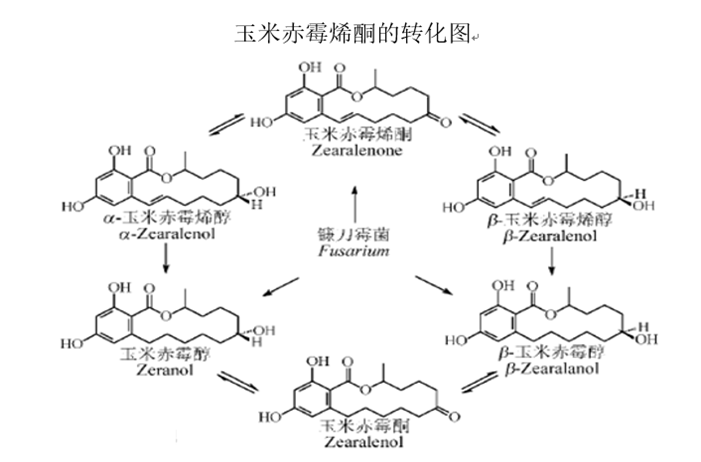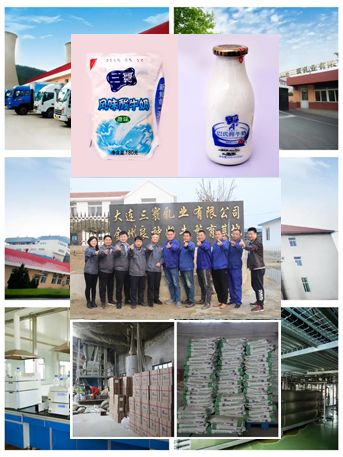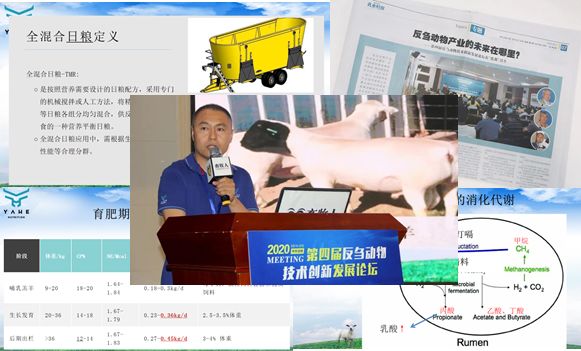Recently, when our company's technical service experts visited the pastures, they found that many ranches were rejected by dairy companies because of the detection of zearalenol in milk, which caused huge economic losses to the pastures. But what is zearalenol that causes milk rejection? Why is milk containing zearalenol rejected? Today, the editor will take a brief look at zearalenol.
1. Zearalenol and its harm
Zeanol (ZAL), also known as "Right Ring Fourteen Ketone Phenol", the trade name is "Zhejiang Da Zhuang", is the secondary metabolic reduction product of zearalenone (ZEaralenone, ZEA or ZEN) in animals In the 1990s, it was widely used as a growth promoter for livestock and poultry farming. Zearalenone, vomitotoxin and aflatoxin are three common mycotoxins.
1. It will cause malnutrition, reproductive disorders, decreased resistance and increased morbidity of dairy cows, etc.
2. It can remain in various edible tissues and animal products of the animal body and enter the human body through the food chain. The biological activity of the estrogen substances possessed by ZAL can cause the disorder of human sex hormones and affect the normal development of second sex, etc., and Potentially carcinogenic.
3. After the residue is discharged through the animal body, it can also cause environmental pollution and secondary pollution through drinking water and food.
Second, the prohibition of zearalenol
1. In 1998, the European Union banned the use of hormone drugs such as zearalenol for livestock and poultry farming
2. In 2002, the Ministry of Agriculture of the People's Republic of China Announcement No. 193 clearly stipulated that zearalenol was banned in all food animals, and all edible animals were not detectable.
3. The "List of Non-Edible Substances Added in Food (Fourth Batch)" issued by the Ministry of Health in 2010 clearly lists zearalenol as non-edible substance.
3. The source of zearalenol
In the practice of pastures, it is widely concerned that zearalenone is widely present on important agricultural crops such as corn, wheat, and sorghum, but zearalenone is also present in moldy alfalfa, and is easily overlooked by everyone. After the cows are fed, they are converted to zearalenol in the body.

1. Dry the alfalfa in time after harvesting, and prevent moisture regain or being wet during storage, which will lead to excessively high moisture content, and then mildew to produce poison.
2. Minimize the alfalfa stock time and shorten the storage period. The mildew degree of feed is positively correlated with the storage time, especially in the high incidence of fungi such as fungi in spring and summer. Mildew can often occur in a week.



.jpeg)

